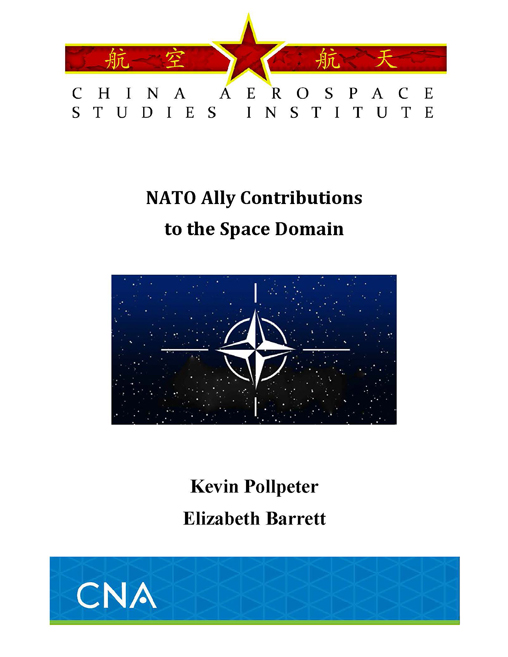This paper discusses U.S. North Atlantic Treaty Organization (NATO) ally space capabilities. In November 2019, NATO recognized space as an operational domain, declaring it on par with the air, land, sea, and cyber domains. NATO’s designation of outer space as an operational domain is a recognition of the growing role of space in NATO operations. The increased commitment to space by NATO as a whole, and by U.S. NATO allies individually, provides more opportunities for the United States to draw upon the space capabilities of its NATO allies. As the leading NATO space power, the United States is viewed by its NATO allies as an indispensable partner in conducting and expanding space capabilities. Current emphasis by U.S. NATO allies appears to be on improving SDA but as capabilities grow, cooperation involving launch sites and on-orbit capabilities will likely increase. As a result, the emphasis U.S. NATO allies place on space operations presents multiple avenues for the U.S. and its NATO allies to increase and expand capabilities across a range of military space capabilities.
Introduction
This paper discusses U.S. North Atlantic Treaty Organization (NATO) ally space capabilities. The increased commitment to space by NATO as a whole, and by U.S. NATO allies individually, provides more opportunities for the United States to draw upon the space capabilities of its NATO allies. In providing an overview of the space capabilities of U.S. NATO allies, this paper presents a more detailed discussion of the three U.S. NATO allies with the largest military space programs: France, Germany, and the United Kingdom.
Background
In November 2019, NATO recognized space as an operational domain, declaring it on par with the air, land, sea, and cyber domains. Space is now recognized as “essential to the Alliance’s defense and deterrence.” This recognition is intended to make it easier for NATO planners to request space capabilities from allies.
NATO’s recognition of space as an operational domain has been described as an evolutionary step. Because NATO will continue to draw upon national capabilities for space support, the U.S. will continue to be the major force driving NATO’s use of space. Moreover, NATO does not intend to deploy space weapons, objects that possess attack capabilities in that domain. Rather, NATO’s approach will focus on increasing interoperability through the use of space and better enabling support from space in the form of communications, positioning, navigation and timing, and remote sensing. NATO will also focus on increasing space domain awareness (SDA). In 2020, NATO announced that it will build a space center at Ramstein Air Base in Germany to gather space surveillance and tracking information. At the 2021 Brussels Summit, NATO recognized that attacks against any of its members to, from, or within space could lead to the invocation of Article 5 of the North Atlantic Treaty that treats an attack on one member as an attack on all members.
NATO’s recognition of space as an operational domain has coincided with an increasing commitment to space by individual NATO members, in particular, France, the U.K., and Germany. To better integrate space into French military operations, in 2019, the French Ministry of Armed Forces renamed its Air Force the Air and Space Force. In 2020, the U.K. Ministry of Defence established a Space Command and appointed its first director of space. That same year, the German Air Force’s Air Operations Center became the Air and Space Operations Center (ASOC) to better integrate space into German military operations.
Download reportLimited Print and Electronic Distribution Rights
Reproduction and printing is subject to the Copyright Act of 1976 and applicable treaties of the United States. This document and trademark(s) contained herein are protected by law. This publication is provided for noncommercial use only. Unauthorized posting of this publication online is prohibited. Permission is given to duplicate this document for personal, academic, or governmental use only, as long as it is unaltered and complete however, it is requested that reproductions credit the author and China Aerospace Studies Institute (CASI). Permission is required from the China Aerospace Studies Institute to reproduce, or reuse in another form, any of its research documents for commercial use. For information on reprint and linking permissions, please contact the China Aerospace Studies Institute.
Cleared for Public Release, Distribution unlimited.
Details
- Pages: 40
- Document Number:
- Publication Date: 10/1/2021
